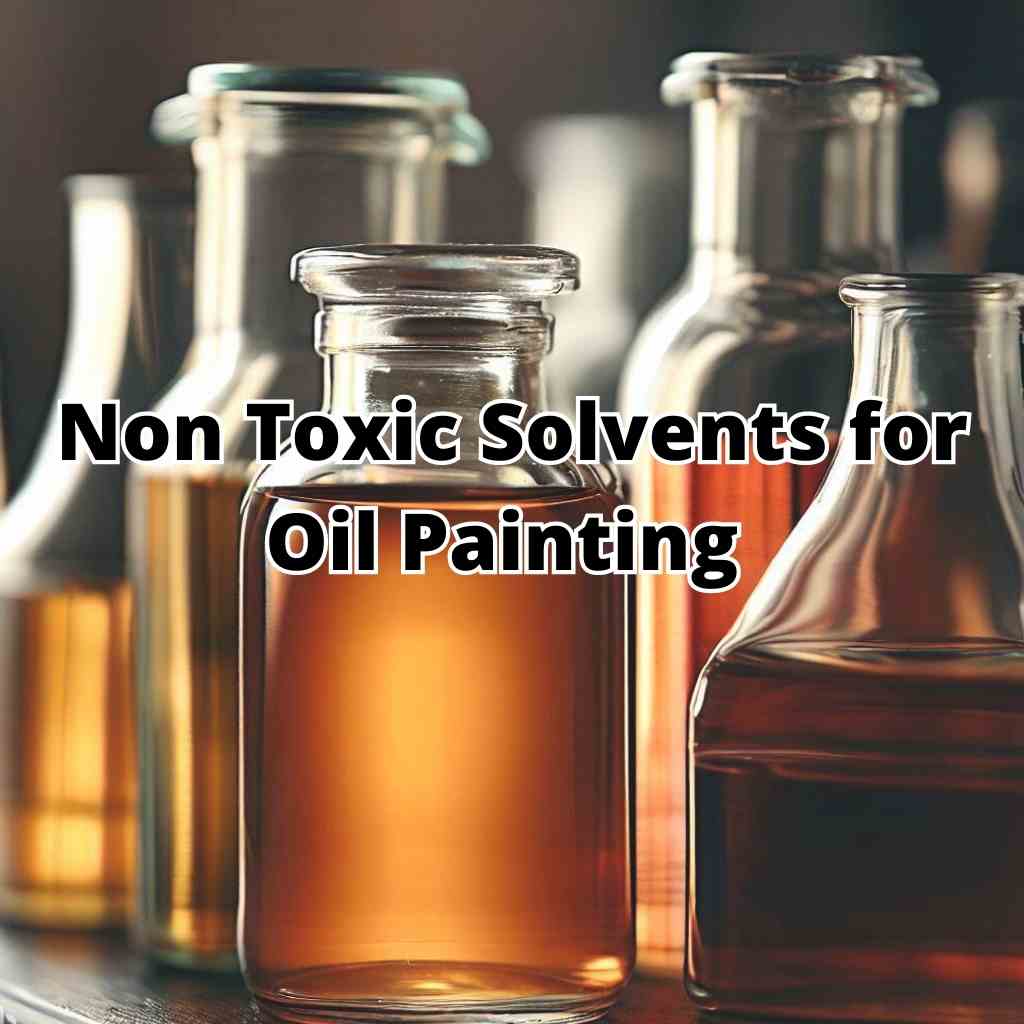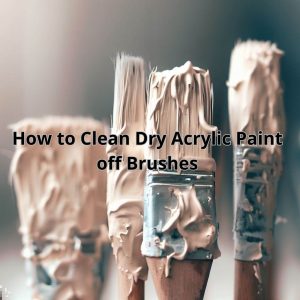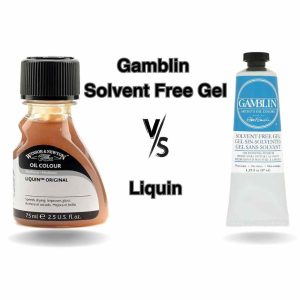Are you an artist seeking to elevate your oil painting experience while also prioritizing your health and the environment?
Look no further! In this guide to non-toxic solvents for oil painting, we will dive into a revolutionary approach that combines artistic mastery with safety and sustainability.
Traditional solvents in oil painting often pose significant health risks due to their toxic properties. Artists worldwide are now embracing the use of non-toxic solvents and with good reason.
By eliminating harmful chemicals from their artistic process, painters can enjoy many benefits.
Get ready to unlock a world of endless possibilities as we take you on this exciting journey into Non Toxic Solvents For Oil Painting.
Characteristics of Non-Toxic Solvents
Non-toxic solvents for oil painting possess a range of desirable characteristics that set them apart from their traditional, toxic counterparts.
These characteristics make them a preferred choice for artists who prioritize their health and the environment. Let’s explore these distinctive traits:
- Low toxicity levels: Non-toxic solvents have reduced levels of harmful chemicals, ensuring a safer working environment for artists.
- Environmental friendly: These solvents are formulated with minimal impact on the ecosystem, promoting a greener and more sustainable art practice.
- Pleasant odor: Unlike traditional solvents, non-toxic solvents offer a more enjoyable painting experience with subtle and pleasant odors.
- Compatibility with oil paints: Non-toxic solvents effectively interact with oil paints, allowing artists to achieve desired results without compromising quality.
- Effective in paint thinning and cleaning brushes: Non-toxic solvents excel in thinning oil paints and efficiently cleaning brushes, facilitating optimal artistic processes.
Non Toxic Solvents For Oil Painting: Vegetable-Based Solvents
Vegetable-based solvents offer non-toxic alternatives derived from natural sources such as citrus and soy.
Citrus Solvent
When it comes to non-toxic solvents for oil painting, citrus solvent stands out as a popular choice among artists.
Benefits of using citrus solvent
- Effective paint thinning for precise control over consistency and transparency
- Pleasant and invigorating citrus aroma enhances the painting experience
- Non-toxic nature ensures minimal health risks for artists
- Environmental friendly alternative to traditional solvents
How to use citrus solvent in oil painting
Using citrus solvent in oil painting is straightforward.
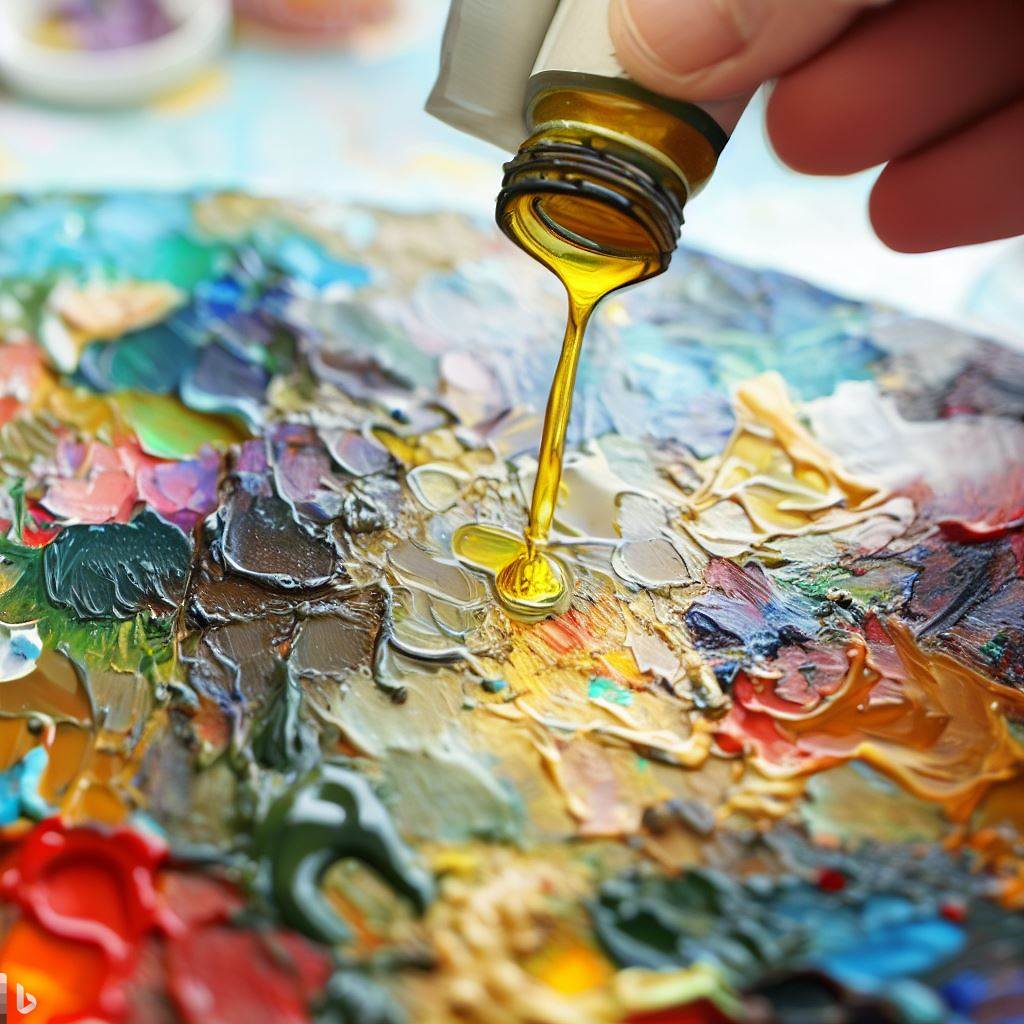
To thin oil paints, gradually add small amounts of citrus solvent while stirring or mixing the paint until the desired consistency is achieved. Artists can adjust the ratio of solvent to paint based on their preferred level of thinness.
Additionally, the citrus solvent can be used to clean brushes by gently swirling them in a container with the solvent, removing excess paint and restoring brushes to their pristine state.
Recommendation
When considering citrus solvents for your oil painting needs, there are a few trusted brands to explore.
Some noteworthy options include “Real Milk Paint Citrus Solvent”, “De-Solv-it,” and “Citra Solv” which are renowned for their high-quality formulations and artist-friendly attributes.
Remember to choose a brand that aligns with your specific requirements and preferences, ensuring a seamless and enjoyable painting experience.
Soy-Based Solvent
Soy-based solvents offer artists a non-toxic and eco-friendly alternative to traditional solvents
Advantages of soy-based solvents
- Effective paint thinning for achieving desired consistency and texture
- Low toxicity, making them safer for artists and the environment
- Milder odor for a more pleasant painting experience
- Environmental friendly alternative to traditional solvents
Techniques for using soy-based solvents
Using soy-based solvents is similar to working with traditional solvents. Artists can gradually add small amounts of soy-based solvent to oil paints to achieve the desired thinning.

It is important to stir or mix the paint thoroughly to ensure proper incorporation of the solvent.
Recommendation
When selecting a soy-based solvent for your artistic endeavors, consider reputable brands such as “Gamblin Safflower Oils”, “Winsor & Newton Sansodor Refined Safflower Oil“, and “EcoSolvent“.
These brands are known for their commitment to quality and safety, offering reliable products that meet the needs of artists.
Non Toxic Solvents For Oil Painting: Mineral Spirits Alternatives
Non-toxic alternatives to mineral spirits provide safer options for artists without compromising on effectiveness.
Odorless Mineral Spirits
Odorless mineral spirits are a popular alternative to traditional mineral spirits, offering artists a solvent option with reduced odor and improved safety.
Benefits of odorless mineral spirits
- Reduced odor compared to traditional mineral spirits
- Effective paint thinning for precise control over consistency and blending
- Facilitates brush cleaning, maintaining the quality of brushes
- Offers a more pleasant working environment for artists sensitive to strong odors
Proper usage and application in oil painting
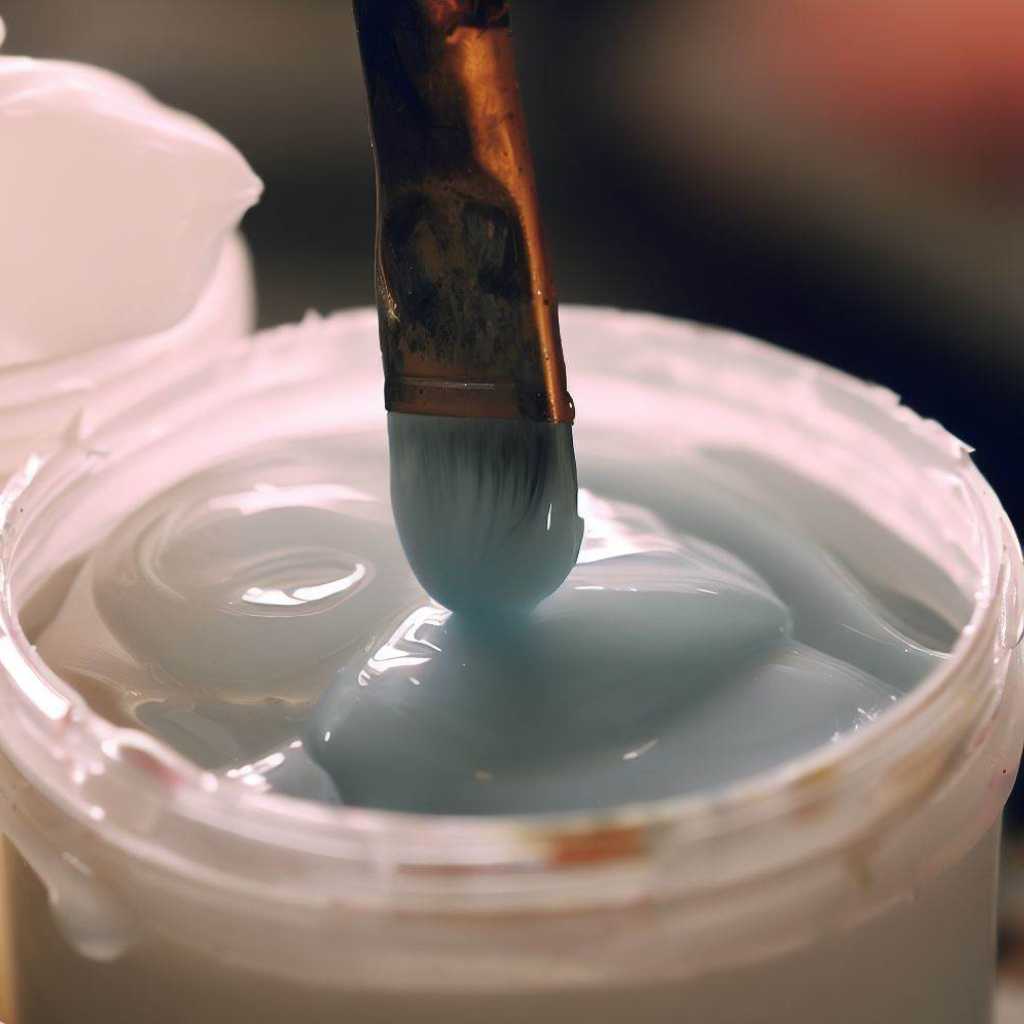
To use odorless mineral spirits in oil painting, gradually add small amounts to your paint while stirring until you achieve the desired thinness. It is recommended to test the consistency on a palette or scrap paper before applying it to your canvas.
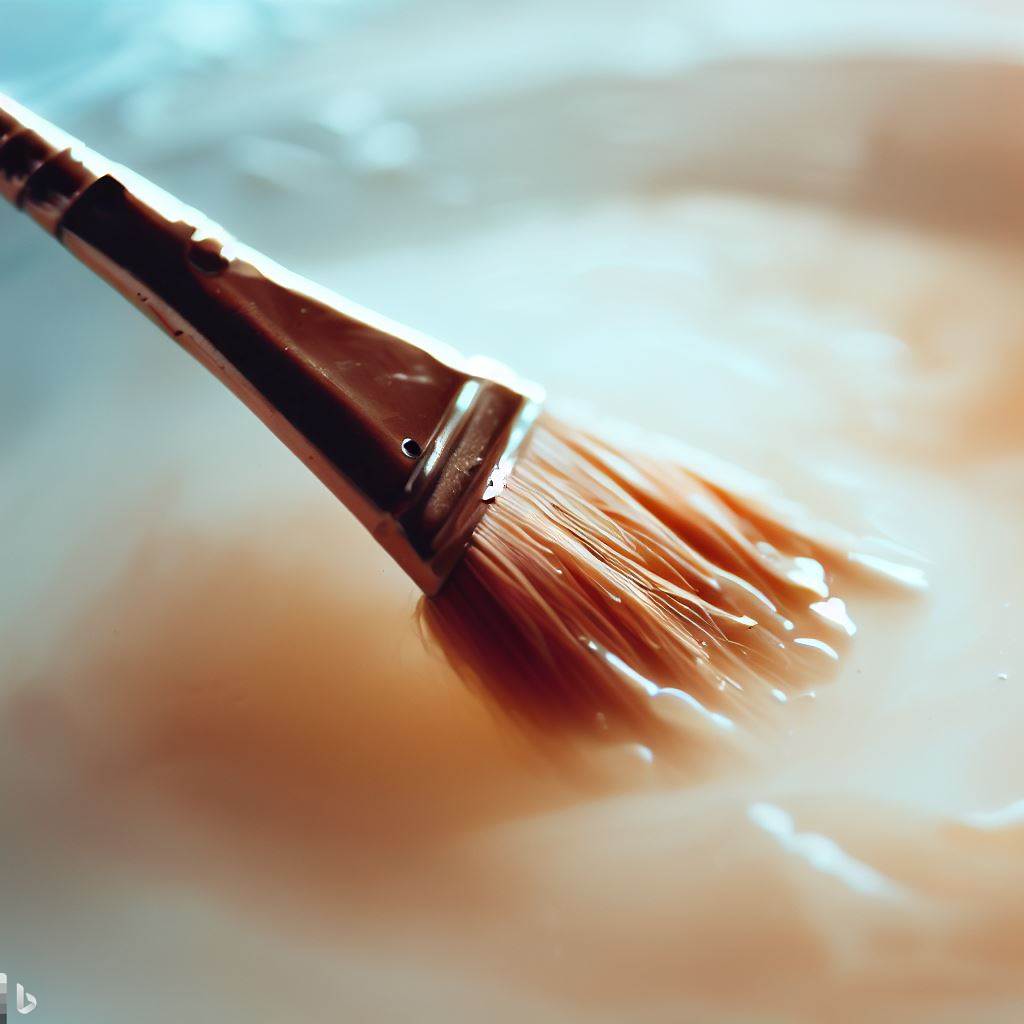
Additionally, odorless mineral spirits can be used for brush cleaning by gently swirling the brushes in a container with the solvent to remove excess paint.
Recommendation
There are some highly regarded brands of odorless mineral spirits such as “Gamblin Gamsol Odorless Mineral Spirits”, and “U.S. Art Supply Odorless Mineral Spirits.” They are known for producing high-quality odorless mineral spirits specifically formulated for artists.
U.S. Art Supply offers excellent performance in paint thinning and brush cleaning, and their product is widely trusted among artists for its reliability and effectiveness.
Natural Turpentine
Natural turpentine is a widely used solvent in oil painting, known for its unique properties and versatility.
The benefits of natural turpentine as a solvent
- Excellent solvency power for effective paint thinning
- Enhances flow and transparency of oil paints
- Promotes faster drying times for oil paintings
- Imparts a unique luminosity and sheen to the dried paint film
How to use natural turpentine effectively
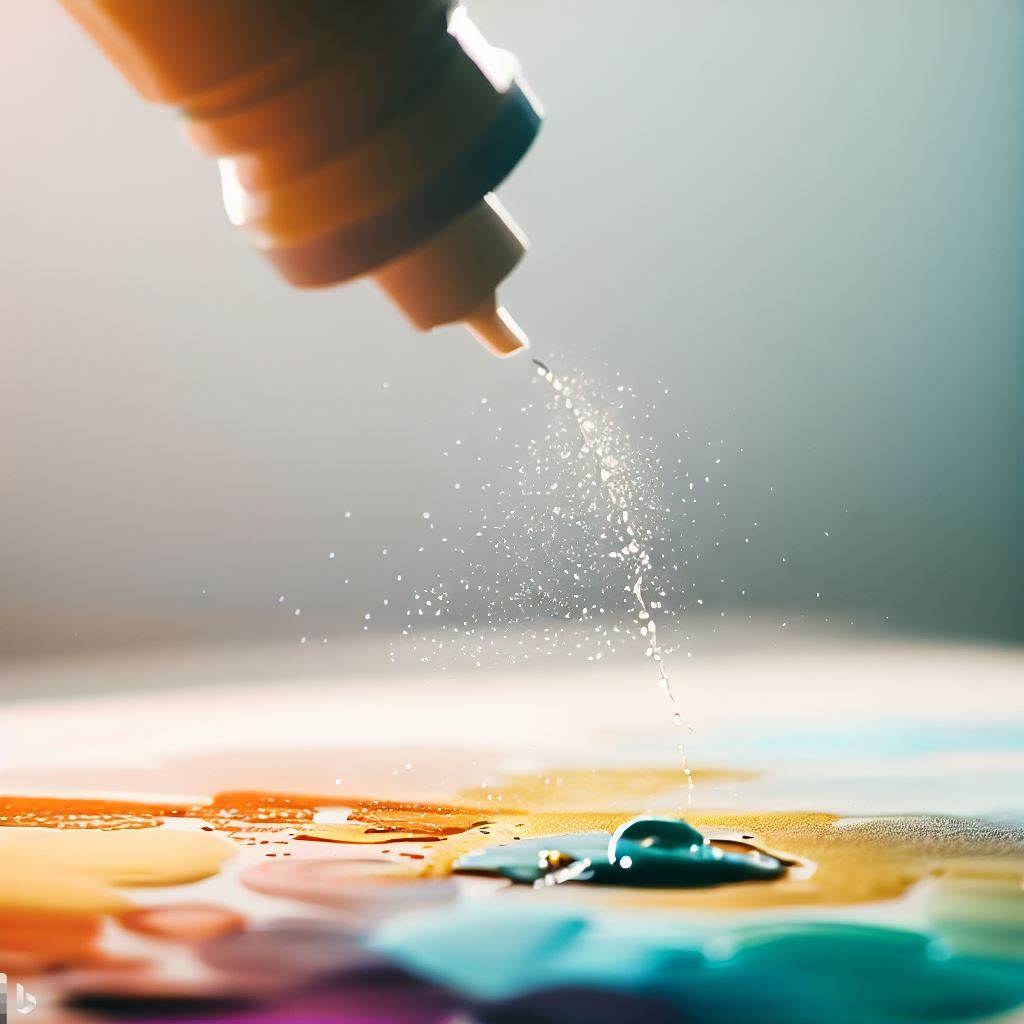
To use natural turpentine effectively in oil painting, begin by adding small amounts to your paint and gradually increase as needed to achieve the desired consistency.
Artists can also utilize natural turpentine for brush cleaning by gently swirling brushes in a container with the solvent to remove excess paint.
Recommendation
When selecting natural turpentine for your artistic endeavors, consider reputable brands such as “Winsor & Newton Distilled Turpentine“, “Diamond G Forest Pure Gum Spirits of Turpentine” and “American Made Natural Pure Gum Spirits of Turpentine”.
These brands offer high-quality natural turpentine that meets professional standards. These products ensure that it is derived from pure gum spirits of turpentine for optimal results.
Non Toxic Solvents For Oil Painting: Water-Soluble Solvents
Water-soluble solvents offer a unique approach to oil painting by eliminating the need for traditional solvents altogether. Let’s explore two types of water-soluble solvents.
Water-Soluble Oil Paints
Water-soluble oils offer artists a solvent-free painting experience without compromising on the quality and versatility of traditional oil paints.
Benefits of water-soluble oils for solvent-free painting
Using water-soluble oils eliminates the need for traditional solvents, making it a safer and more environmentally friendly option.
Some of the key benefits include:
- Artists can achieve similar results as traditional oil paints with the added advantage of easy water-based clean-up.
- Reduced exposure to harmful fumes, making it a suitable choice for artists with sensitivities or working in shared spaces.
- Compatibility with a wide range of painting techniques, mediums, and surfaces.
How to work with water-soluble oils effectively

When working with water-soluble oils, wet your brushes with water and adjust paint dilution. Keep the palette moist to prevent rapid drying. Layer paints, allowing each layer to dry before adding more.
For enhanced effects, experiment with water-soluble oil mediums. These tips will help you work effectively with this versatile medium.
Recommendation
When choosing water-soluble oils for your artwork, consider reputable brands such as “Winsor & Newton Artisan Water Mixable Oil Colour“, “Holbein Duo Aqua Water-Soluble Oil Color”, “Mont Marte Premium H2O Water Mixable Oil Paint”, “Cobra Royal Talens Artists’ Water Mixable Oil Color Set“. These brands offer a wide range of colors with high-quality pigments, ensuring excellent performance and reliable results.
Water-Based Solvents
Water-based solvents offer several advantages for water-soluble oil painting.
Advantages of water-based solvents in oil painting
- Water-based solvents are non-toxic and environmentally friendly, making them a safer alternative to traditional solvents.
- They eliminate the need for strong-smelling and potentially harmful solvents, providing a more pleasant painting experience.
- Water-based solvents allow for easy clean-up with just water and mild soap, reducing the environmental impact and simplifying the disposal process.
Techniques for using water-based solvents
When it comes to using water-based solvents in oil painting, there are a few techniques to keep in mind.
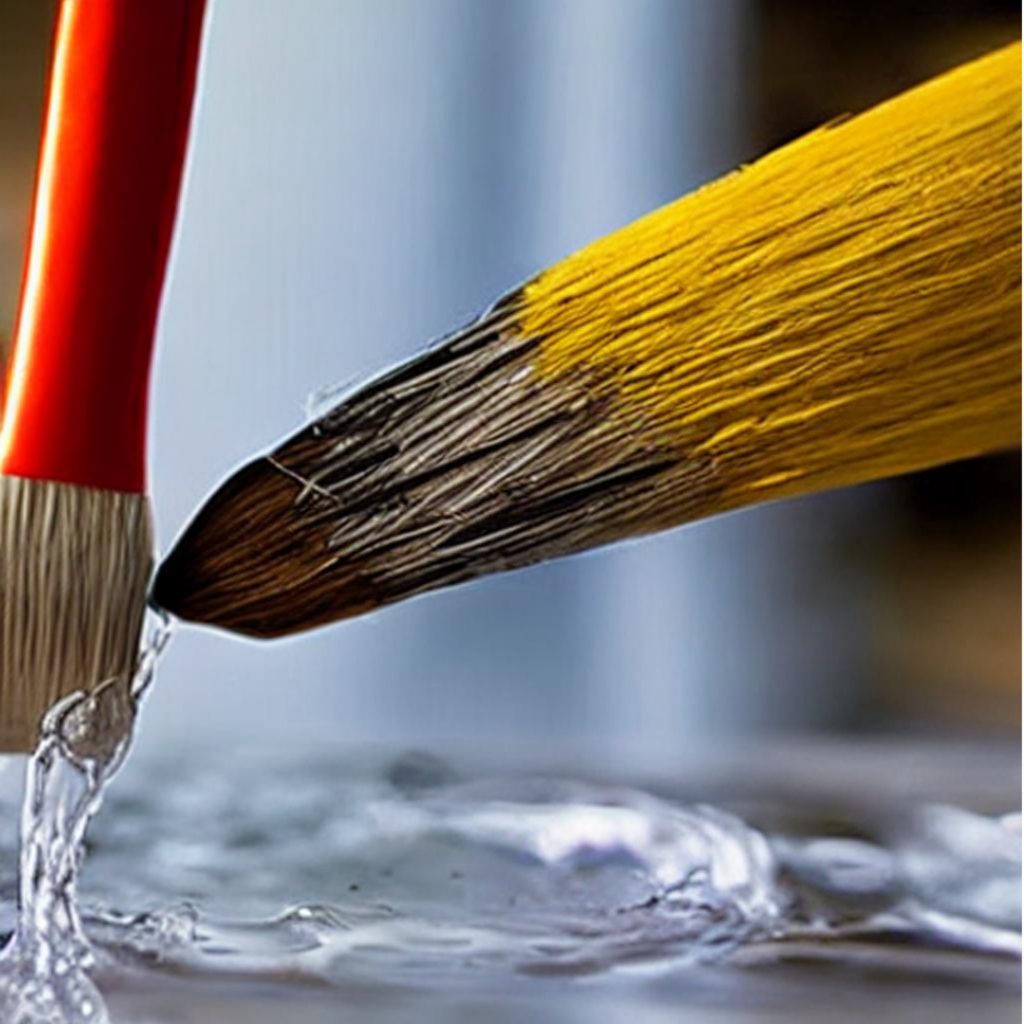
First, wet your brushes with water instead of traditional solvents to thin the paint and clean the brushes during your painting sessions. Experiment with different water-to-paint ratios to achieve the desired consistency and transparency.
Additionally, be aware that water-based solvents may affect the drying time of your oil paints, so it’s important to adjust your painting techniques accordingly.
Recommendation
When it comes to water-based solvents for oil painting, there are several reputable brands to consider.
“DANIEL SMITH Watersoluble Oil Medium Fast Drying Painting Medium”, “DANIEL SMITH Watersoluble Oil Medium Modified Linseed Oil”, “Royal Talens Cobra Artists’ Water Mixable Oil Painting Medium”
These brands offer high-quality water-based solvents that are safe to use and provide excellent performance for oil painting.
Alternative Solvents and Mediums
In addition to the aforementioned solvents, there are alternative options that offer unique properties and benefits. Let’s explore two noteworthy alternatives.
Walnut Oil or Linseed Oil
Walnut oil and linseed oil both are widely used as solvents in oil painting.
Benefits of walnut oil and linseed oil as a solvent
- Both walnut oil and linseed oil are natural and non-toxic solvents that offer a range of benefits to oil painters.
- They enhance the flow and workability of oil paints, making them easier to manipulate and blend on the canvas.
- These oils also provide a protective layer and help preserve the vibrancy of the colors in the artwork.
Techniques for using walnut oil and linseed oil in oil painting
When it comes to using walnut oil and linseed oil in oil painting, there are various techniques to consider. These oils can be used to thin the paint, enhance flow, and extend drying time.
They are ideal for glazing, creating luminous effects, and applying wet-on-wet techniques. By incorporating walnut oil or linseed oil into your painting process, you can achieve the desired consistency, enhance color vibrancy, and explore different artistic effects.
Recommendation
When it comes to walnut oil and linseed oil for oil painting, there are several trusted brands that offer high-quality products.
“Natural Earth Paint Refined Walnut Oil”, “Chelsea Classic Studio Linseed Oil & Walnut Oil Sampler Set”, “U.S. Art Supply Refined Linseed Oil”, “Winsor & Newton Artisan Linseed Oil”.
These brands have established a reputation for producing reliable and high-quality walnut oil and linseed oil for oil painting.
Comparisons with other solvents and mediums
- Compared to strong solvents like turpentine or mineral spirits, walnut oil and linseed oil have a milder odor and are less toxic.
- These oils have a slower drying time compared to quick-drying mediums, allowing artists more time for blending and layering.
- Unlike water-based solvents, walnut oil and linseed oil retain the traditional characteristics and appearance of oil paints.
Cold Wax Medium
Cold wax medium is a versatile tool that can greatly enhance the possibilities of oil painting.
The versatility of Cold wax medium
- Cold wax medium acts as a translucent layer that adds depth and luminosity to oil paintings.
- It can be used to create various effects, such as glazing, impasto, and texture, allowing artists to achieve unique and captivating results.
- Cold wax medium also offers protection to the paint layers, enhancing their longevity and durability.
How to incorporate cold wax medium in oil painting

Incorporating cold wax medium into oil painting opens up a range of possibilities for artists. To effectively use cold wax medium, mix it with oil paints to achieve a smooth consistency.
Apply it as an underpainting or between layers to add depth and richness. Experiment with different application techniques, such as brushes or palette knives, to explore various textures and effects.
Gradually build up layers to control the desired effect and achieve captivating results.
Recommendation
When it comes to cold wax mediums for oil painting, several reputable brands offer high-quality products. “Gamblin Artist Colors Cold Wax”, “Jacquard Dorlands Wax”. These brands have established themselves as reliable sources of the liquid wax medium, providing artists with quality products that can enhance their oil painting techniques.
Tips for achieving desired effects
- Use a variety of brushes and tools to create different textures and marks with the cold wax medium.
- Explore the possibilities of layering the medium to achieve unique and complex visual effects.
- Experiment with different ratios of cold wax medium to oil paint to achieve desired transparency or opacity.
FAQs
- Can I mix non-toxic solvents with traditional solvents?
It is generally not recommended to mix non-toxic solvents with traditional solvents. Mixing different types of solvents can lead to unpredictable chemical reactions and may compromise the non-toxic properties of the solvents. It is best to use non-toxic solvents independently and traditional solvents separately.
- Are non-toxic solvents as effective as traditional solvents?
Non-toxic solvents have come a long way in terms of effectiveness. While they may have slight variations in their performance compared to traditional solvents, non-toxic solvents are designed to effectively thin oil paints, clean brushes, and provide satisfactory results in various painting techniques. Artists often find that non-toxic solvents perform comparably to traditional solvents without the associated health and environmental risks.
- How can I determine if a solvent is truly non-toxic?
To determine if a solvent is truly non-toxic, it is essential to review the product labels, safety data sheets (SDS), and associated certifications. Look for solvents specifically labeled as non-toxic, environmentally friendly, or low in toxicity. Additionally, reputable brands that specialize in artist materials typically provide detailed information about the toxicity levels and safety considerations of their solvents.
- Can I use non-toxic solvents with other painting mediums?
Non-toxic solvents are primarily designed for use with oil paints. They are compatible with oil painting mediums, such as oil-based varnishes or mediums used for modifying the paint’s texture and drying time. However, it is important to check the compatibility of non-toxic solvents with specific mediums and follow the manufacturer’s instructions for optimal results.
- How do non-toxic solvents affect drying time?
Non-toxic solvents generally have minimal impact on the drying time of oil paints. They are formulated to evaporate at a similar rate to traditional solvents, allowing the paint layers to dry naturally. However, it is important to note that the drying time can still be influenced by other factors such as the thickness of the paint layers, ambient temperature, and humidity levels.
- Are non-toxic solvents suitable for all painting techniques?
Non-toxic solvents are suitable for a wide range of painting techniques in oil painting. They can be used for paint thinning, glazing, blending, and cleaning brushes. However, it is always recommended to test the specific solvent and technique on a small scale or consult the manufacturer’s guidelines to ensure compatibility and desired results for specific painting techniques.
Wrapping Up
Throughout this journey, we have uncovered the importance of prioritizing our health and embracing sustainable practices in the artistic process.
By bidding farewell to traditional solvents with their toxic properties, we open the door to a world of possibilities where creativity flourishes without compromise.
Our brushes dance upon canvases with non toxic solvents, allowing us to express our artistic visions while safeguarding our well-being and the planet we call home.
Let your creative journey continue with the assurance that your passion can thrive without harmful compromises. Together, let’s paint a vibrant future with non toxic solvents for oil painting as our guiding light.
If you’re switching to non-toxic solvents, why not take it a step further? Learning how to clean oil paint brushes without solvent provides effective and safe cleaning techniques.

